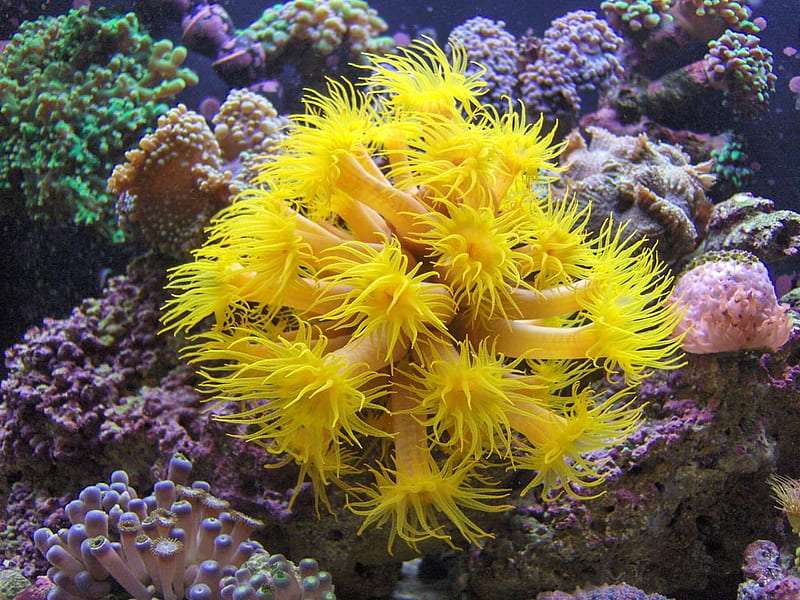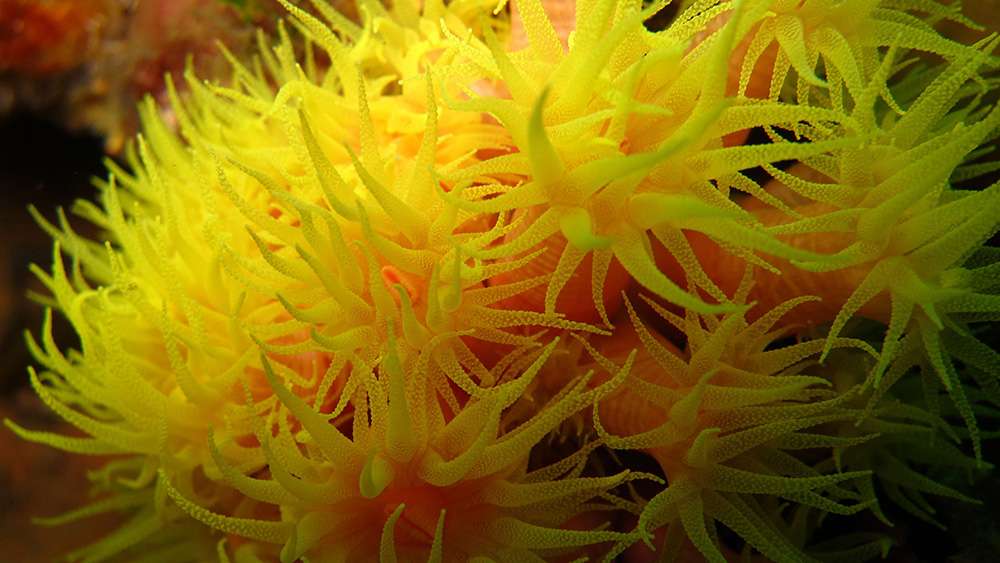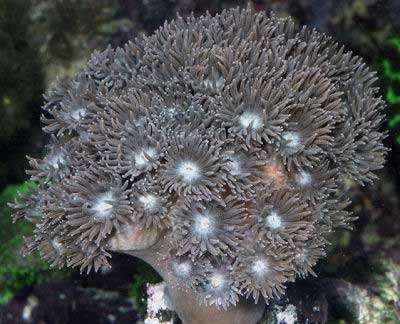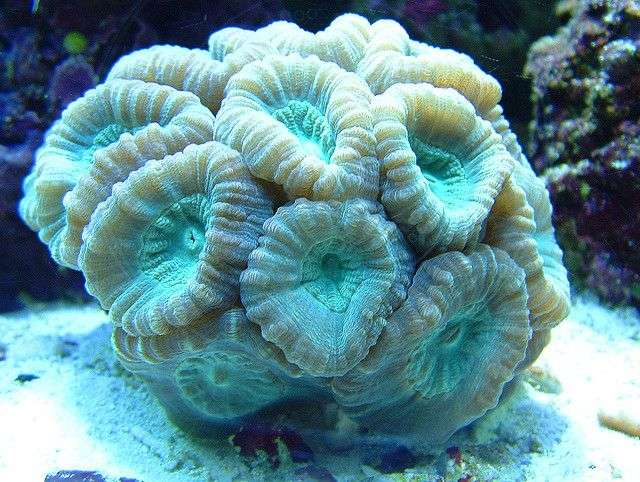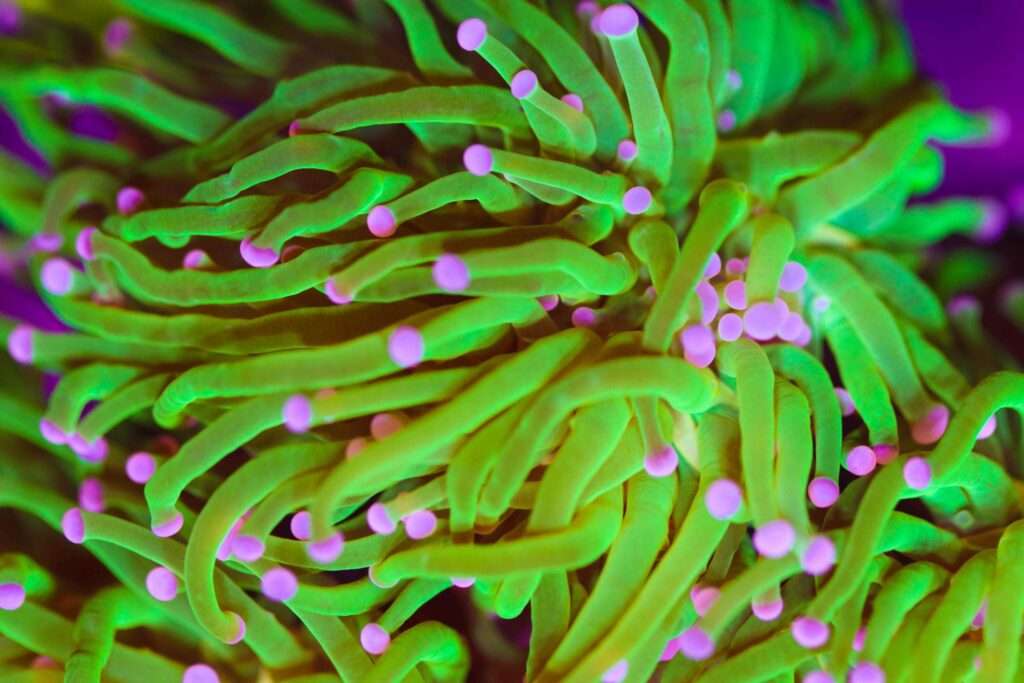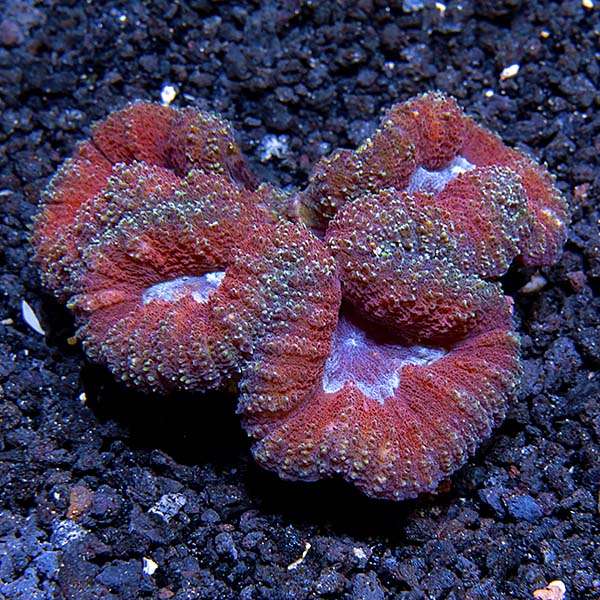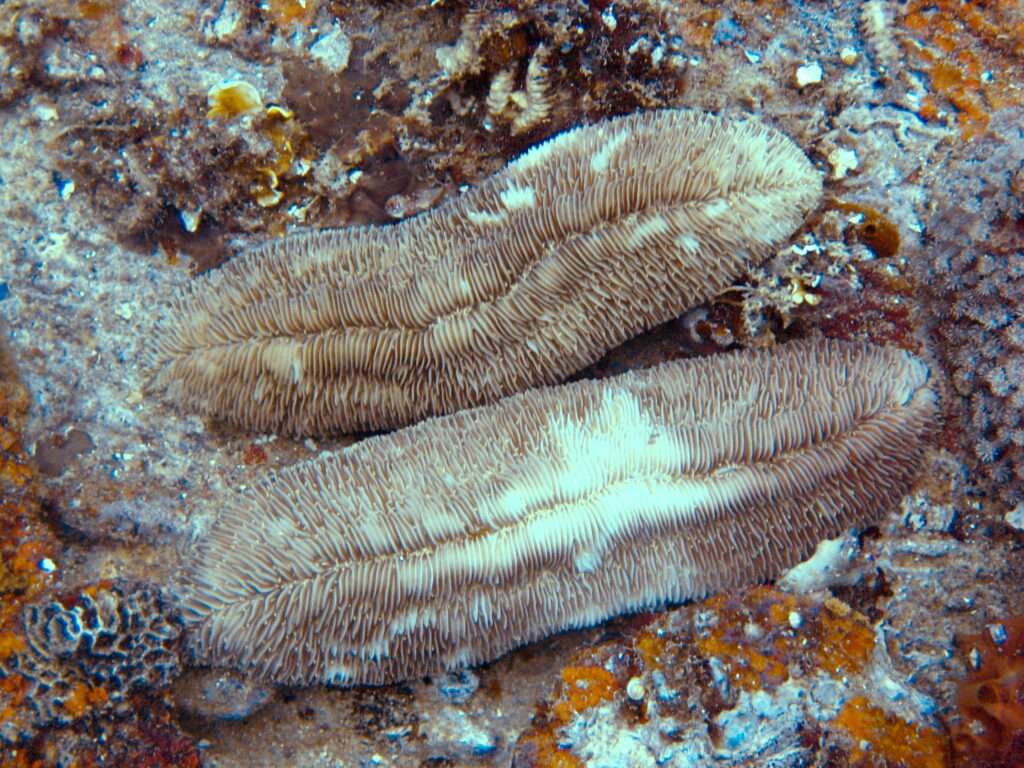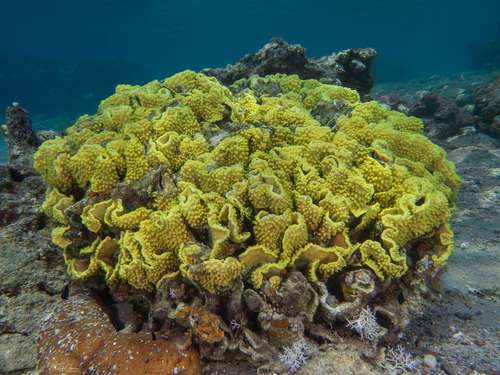Yellow Sun Coral
The beautiful Yellow Sun Coral, Tubastraea aurea, is a mildly coloured variant of the Tubastraea genus. Another gorgeous coral for pictures. The T. aurea corallites, which are tough, spherical, tubular structures that house the polyps, are covered by a tissue known as the coenosteum. The coenosteum is yellow, the core of the polyps is a […]


